“You know those hats the young girls wear?” my friend asked. “The ones with the opening for a ponytail?” She pointed at an addition to her garden collection. “Here’s a plant that looks just like that.”
The tall, spikey leaves stretched upward before spanning out in every direction, much like a ponytail escaping a hat.
“Impressive,” I admitted. “Don’t tell me it’s called a ponytail.”
“Actually, it is! It’s a ponytail palm.”
Description
Despite its popular name (ponytail palm) and its palm-like appearance, the ponytail palm is not really a palm. It’s more of a succulent, closely related to agave and yucca desert plants. The long, spindly, palm-like leaves grow from a thinner stem at the top of a large, domed stump (caudex) that looks like a coconut shell. Like a coconut shell which stores milk, this caudex stores water to preserve the plant during long dry spells in its natural habitat.
The caudex resembles a head, giving the leaves the appearance of a ponytail shooting up from the top. These leaves are long and leathery in texture. They can grow up to 3 feet when the plant is indoors, and up to 15 feet or more when grown outdoors in its natural environment.
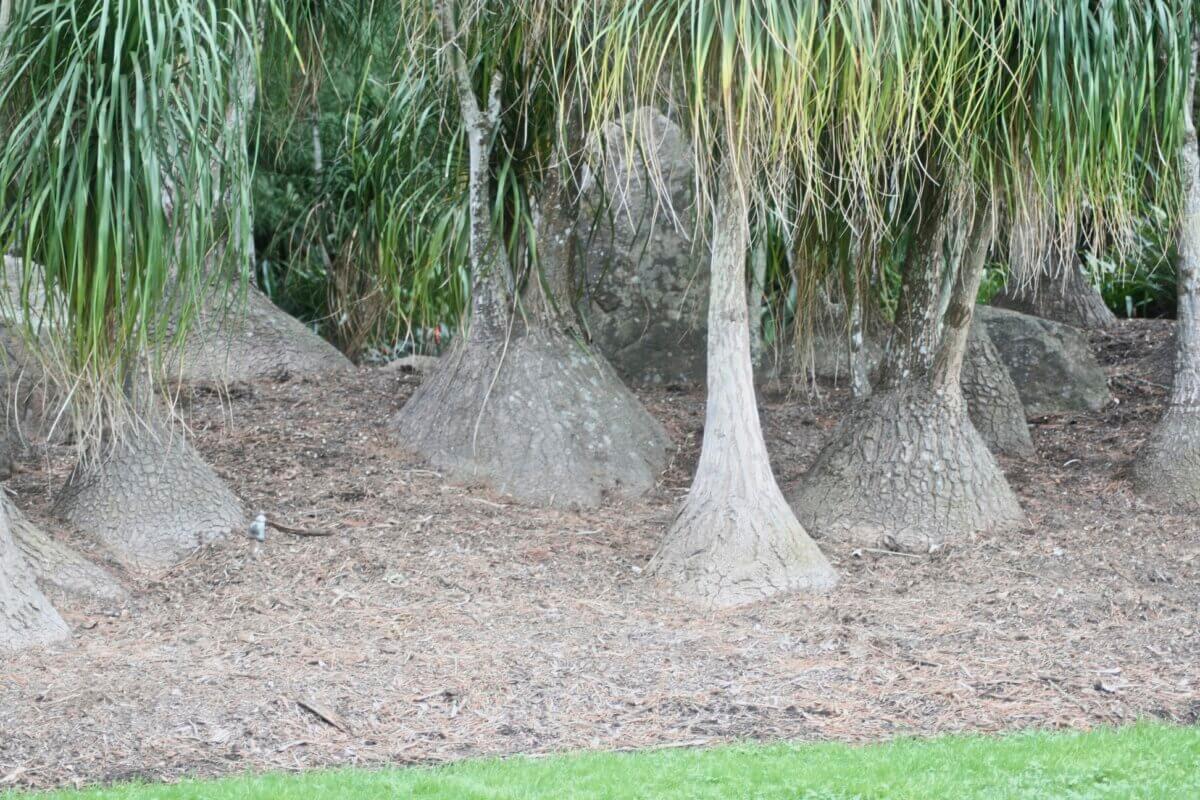
The plant bears another popular name: elephant’s foot. When grown outdoors, the plant is much like a tall tree with a large, domed stump and long, thick stem (like a trunk). The dark brown bark is surprisingly smooth, and the overall shape from the caudex and up the tall trunk does have the appearance of an elephant’s foot. And it’s as sturdy as one would expect an elephant’s leg and foot to be.
Whether a ponytail or an elephant’s foot, this plant grows much like an evergreen perennial. Once it reaches over 10 years, occasional bunches of small white flowers will appear on the hairy ends of the leaves.
Common Names
Ponytail palm or elephant’s foot, the official Latin name for this plant is Beaucarnea recurvata. It’s considered a species of flowering plant in the Asparagaceae family, even though (as mentioned) it doesn’t flower until the plant is over 10 years old and only sparingly.
Natural Habitat
This species in native to several semi-desert states of eastern Mexico, Belize, and Guatemala, though recently, it’s being confined to Mexico’s Veracruz state. The plant is known for its longevity and there are several ponytail palms in Mexico that are over 350 years of age.
The ponytail palm’s natural habitat is a deciduous forest at an altitude up to 6,000 feet above sea level where it’s dry and rocky and the temperatures average around 20 degrees Celsius.
Growing Conditions and Care
The ponytail palm grows well in full sun and partial shade, on nutrient deficient rocky soils of steep mountain slopes. It’s a slow growing plant that is tolerant to drought. It doesn’t do well in cold climates and makes a good indoor plant, though it is much smaller inside than out.
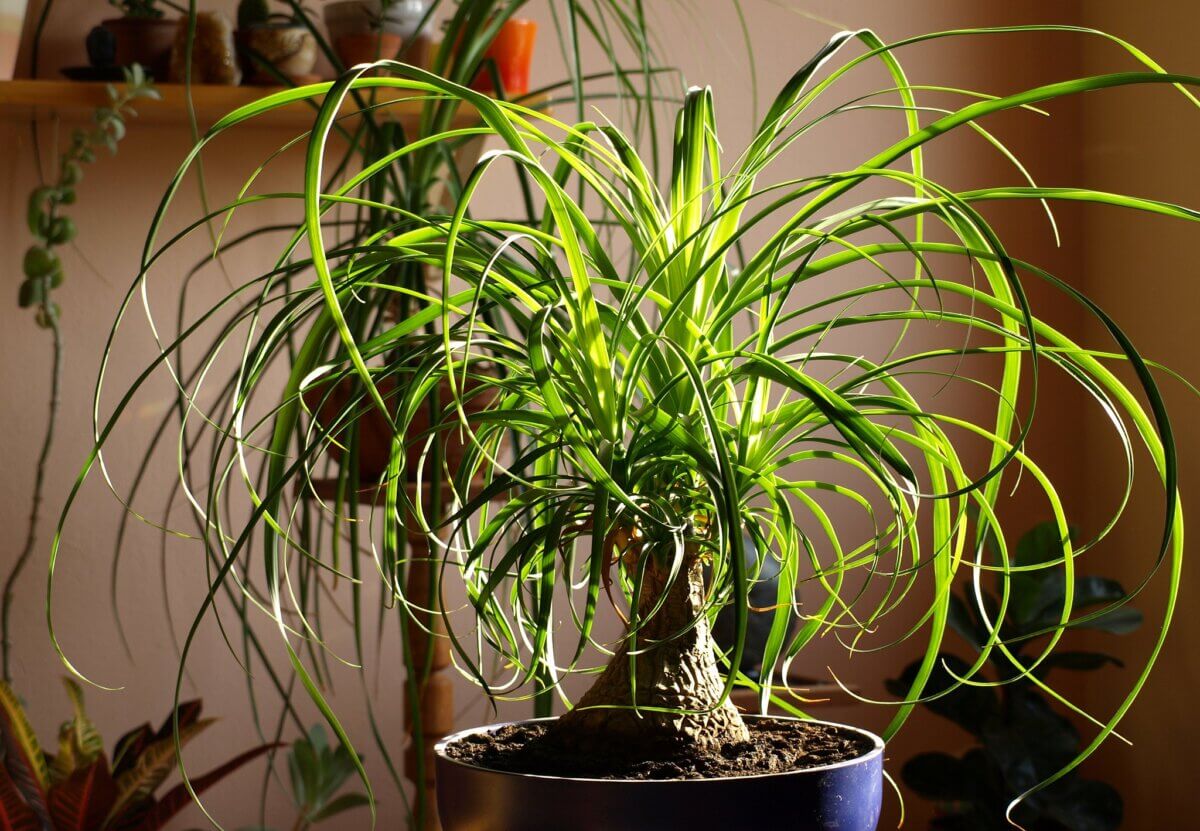
It’s a slow-growing perennial that does well in snug pots indoors and can grow for decades if well tended. In fact, ponytail palms can live more than 100 years. Although it likes snug pots, ponytail palms will require occasional repotting. When the roots start peeking out of the drainage holes, it’s time to repot.
For repotting, choose a container that is about an inch or two bigger than the previous one, as a pot that’s too big will result in more soil than roots and won’t benefit the continued growth of the ponytail palm. Also, make sure the pot you choose is heavy, as this top-heavy perennial can easily topple over if it doesn’t have a weighted base. Never clip off the roots when repotting. It will kill the plant.
This plant is a drought-resistant perennial, so make sure the potting soil used doesn’t hold too much water. Ponytail palms won’t thrive if sitting in a puddle (they’ll rot). Cactus soil is a good choice for potting this perennial. When repotting, be careful not to bury the base of the caudex.
The key to success with this easy-to-grow perennial is to make sure the ponytail palm is never over-watered. Remember, this sturdy plant thrives on benign neglect.
Propagation
Ponytail palms can be started from seed, but the best way to propagate this plant is to wait and watch for “pups” to grow at the base. Once you see that these pups are producing roots of their own, you can cut them away from the parent plant by using sharp pruning shears, being careful not to sever the roots in the process. Then plant the pup in its own pot, watering it sufficiently, but not too much. This new plant needs at least six hours of sunlight a day.
Endangered Species
Like many other plants, the ponytail palm’s natural habitat faces severe fragmentation and destruction. Seed and seedling collection for commercial use is decimating the natural rejuvenation process, and the number of ponytail palms in their natural environment is decreasing at an alarming rate. This sad disregard for the plant’s natural habitat has resulted in a dwindling number of ponytail palms, placing it on the endangered list.
Pests and Diseases
Ponytail palms suffer blights like any other plant. Sometimes these blights are a result of overly enthusiastic care like over-watering. If the plant gets too wet, like so many other plants, it will become a foster home for pests like mealybugs and cochineals. And they’re not pleasant to deal with.
On the other hand, if you notice brown leaves or a shriveling base, then you have the opposite problem of underwatering the ponytail palm.
It’s not a good idea to cut back the ponytail palm even if it’s become overly exuberant in its growth. Cutting it back could damage the trunk, exposing the stem to mold and mildew which can make the plant rot. If you have cats in the house, make sure they’re not chewing on the leaves, which they like to do. The plant isn’t toxic to cats or dogs, but their chewing can damage it.
Uses
Quite simply, the ponytail palm, or elephant’s foot, is a conversation piece due to its unique shape. It’s a popular indoor plant and can benefit the indoor environment because it acts as an air purifier, absorbing toxins and releasing oxygen. These features make the plant a great stress-releaser and help increase feelings of well-being.
Featured image courtesy of Kent Wang on Flickr



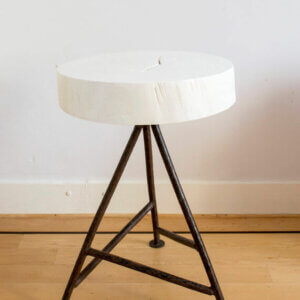

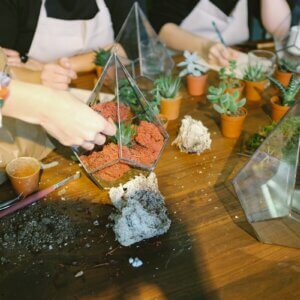
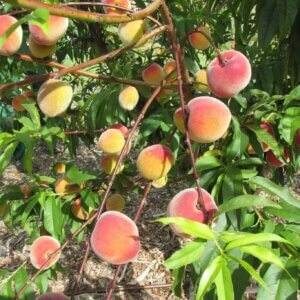

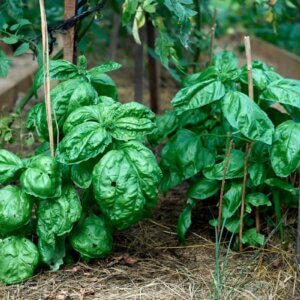


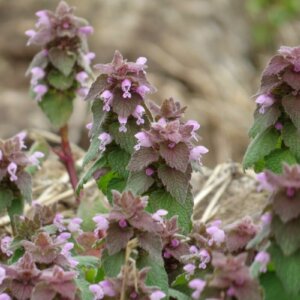

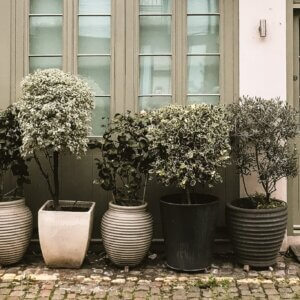
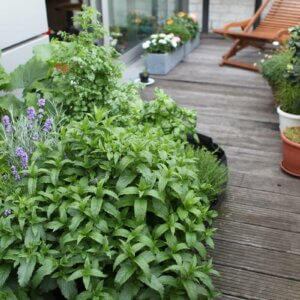
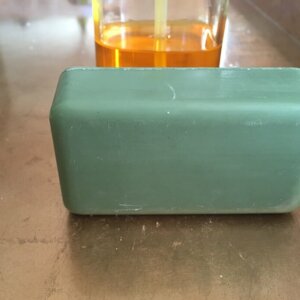

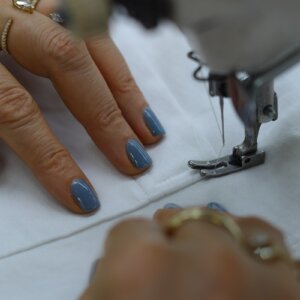


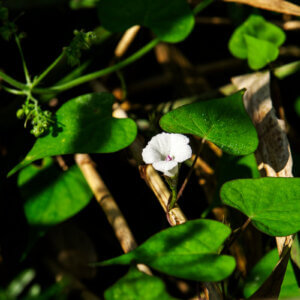


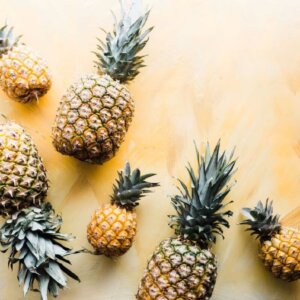
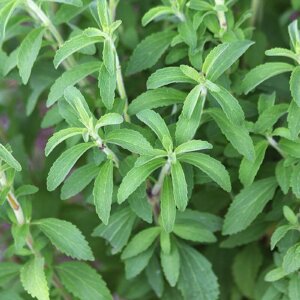
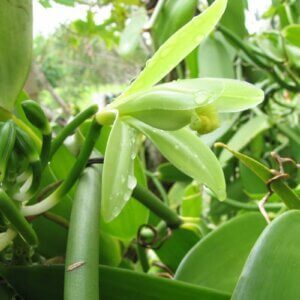
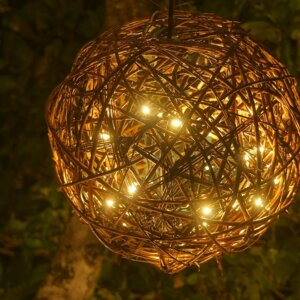


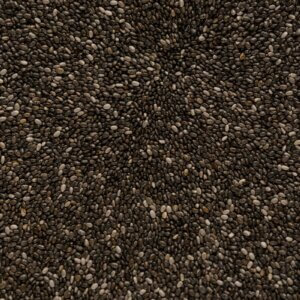

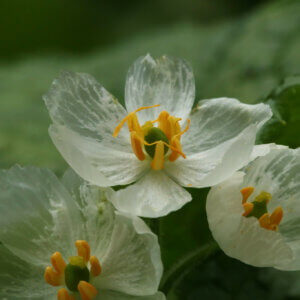


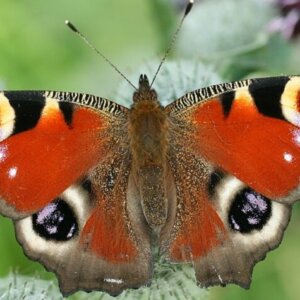
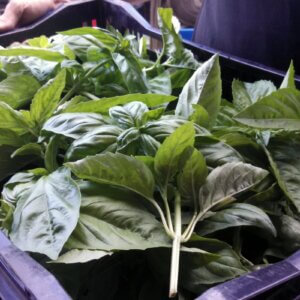


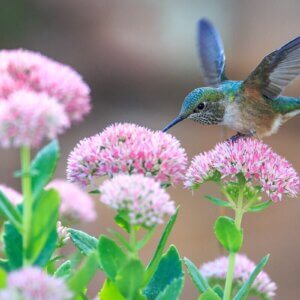



Leave a Reply